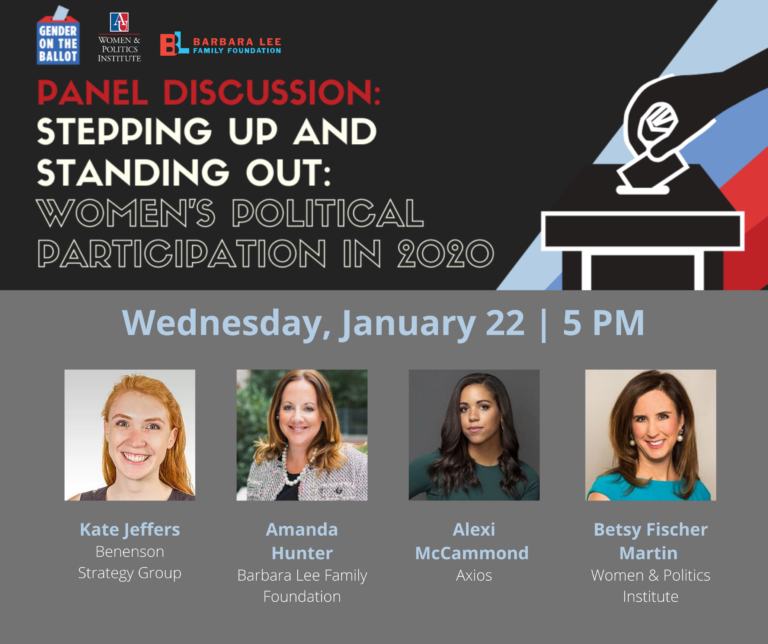“The Year of the Woman,” a moniker given to 1992, when a number of women…
Women Leaders and Volunteers: Lessons for Political Campaigns from Nonprofit Volunteering

As more and more women run for elected office, what do we know about the team of volunteers that help them behind the scenes, reaching out to voters, staffing campaign offices, and organizing get-out-the-vote efforts?
Does a candidate’s gender affect the attitudes and enthusiasm of the volunteers working on the campaign? Is a female candidate able to motivate and inspire other women to donate their time and talents as campaign volunteers?
These are questions worth exploring, and a recent article in the Journal of Public and Nonprofit Affairs by Dr. Khaldoun AbouAssi of American University could be an interesting starting point.
Dr. AbouAssi took an in-depth look at the role of female leaders of nonprofit associations and asked whether shared gender identity (referred to as gender congruence) between the leadership and members of an association affect volunteering behaviors and experiences. While the findings were mixed, an important door has been opened for additional questions and future research related to this topic.
Membership organizations, the specific type of nonprofit studied in this case, play a significant role in the United States and around the world. Apart from serving their members and promoting a field or profession, membership organizations (and nonprofits in general) are heavily involved in making and implementing public policy. This means member involvement matters not just for the organization but also for society at large.
Meanwhile, women continue to face disproportionate gender-related challenges in nonprofits. While making up an overwhelming 73% of nonprofit sector employees, women make up only 42% of nonprofit board chairs and 48% of board members (for more information, click here). Meanwhile, women executive directors make 23% less than their male counterparts in a significant number of nonprofits (for more information, click here).
Findings from the article suggest that female members tend to volunteer in more activities and be more satisfied with the volunteer experience when a female executive director is leading the organization. This was not entirely surprising, considering women’s leadership style tends to showcase more empathetic and prosocial values, generate better communication and trust, and be more participatory in nature.
Meanwhile, it appears that gender congruence does not increase the likelihood of initial volunteering, nor does it suggest that female volunteers will participate in more intense activities. In other words, having women leaders at the helm of an organization does not necessarily encourage more engagement or depth of engagement of female members of the organization. Volunteering is a personal choice, with motivating factors such as personal interest, having the necessary capacity or skills and time to commit, so these results seem justified.
From these findings we must ask some lingering questions. First, donating time or money is the usual choice for volunteers, so does gender congruence affect one over the other? Second, how much more important is gender congruence over the leader’s personal style? Third, does the influence of gender congruence change the farther apart the volunteer is from the leader’s rank within the organization? And finally, should gender congruence dictate where nonprofit resources and efforts are directed?
While gender is important, it is not a monolith of the much more complex notion of identity. This becomes increasingly relevant if the findings from Dr. AbouAssi’s article are translated to the world of politics and political campaigns. Personal values and belief systems, one might assume, may play a more significant role in volunteer engagement of a political campaign than simply sharing the gender of the political candidate.






